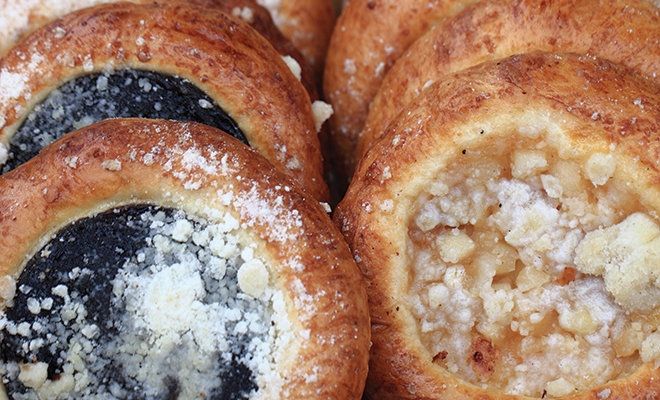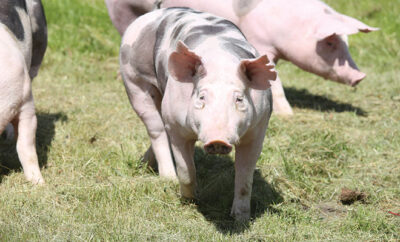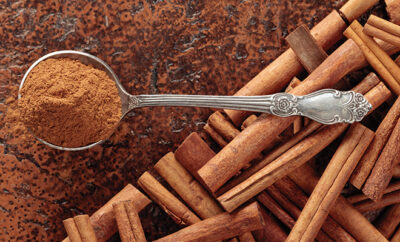
Enjoy the Versatile Kolache!
This time of year, families prize recipes that make their holidays complete, whether it’s a favorite breakfast, main dish or dessert. Holiday traditions often reflect families that grow, divide and expand.
As you welcome new family members, you’re more likely to bond in the kitchen trading recipes than in the living room watching football games. Holiday cooking helps reflect the diversity that is part of everyday life. Remember the old saying, you are what you eat? Sharing food and traditions helps us define our own traditions, while we embrace the differences in the traditions of our neighbors, friends and coworkers.
At our house, holiday baking spans a few decades of tradition: biscotti, from a recipe I got from a friend many years ago; bourbon balls, courtesy of my mother’s old family recipe; and when I have a whole weekend, I enjoy making a dense Norwegian bread, yulekake. Why a whole weekend? The recipe for this yeast bread is loaded with dried fruit and nuts and freshly ground cardamom seed. These dense ingredients require the dough to rise not once, not twice, but three times, and this takes the better part of a day. I don’t know about you, but if I spend one day baking, I need another day to recover!
Making dough from scratch with yeast is an intimidating process for those who haven’t tried it before. You have to proof the yeast, follow the recipe, work the dough (but not overwork the dough), let the bread rise, punch it down and let it rise again. Let’s face it; this process involves a learning curve. For those of us, like me, who didn’t learn about baking by example while cooking alongside family members, it takes a bit of courage to give baked goods a try for the first time.
Therein lies the tale of a particular treat that came to America from central Europe. If you enjoy pastries that range from sweet to savory–a dense and slightly sweet dough that encases fillings of fruit, cheese or sausage–you’ll understand why this recipe is associated with family celebrations year-round, at every holiday and family milestone: the kolache. The word kolache derives from a Czech word meaning wheel, or round. Fans of kolaches will agree that these wheels of dough with flavorful fillings are just too good to set aside for one time of year. Even better, if you’re not a dedicated baker, there may be a bakery near you that sells these versatile treats.
What is a kolache? Well, think of your favorite dinner roll, one made from dough that is just a bit on the sweet side. The dough might be as large as pizza, or smaller than a cupcake. It may be filled with a delicious filling of fruit or poppyseed or cheese, but the dough is substantial enough to stand up to sausage. If you’re thinking that these pastries sound like hearty peasant fair, you are correct. Kolaches were the food of people from Eastern Europe–Czechoslovakia, Moravia and Bohemia. The ingredients were from the farmer’s pantry: fruit, cheese curds and sausage. The tasty, filling kolache was also portable, a food that you could grab and eat as you go.
Although the world’s largest kolache was baked in Prague, a record-setting cherry-filled pastry that weighed more than 2,000 pounds and spanned a 15-foot diameter, kolache bakeries are more often associated with the state of Texas. Why Texas, of all places? The answer, in one word, is immigration. Czech immigrants made their way to the Lone Star state through the port of Galveston, with tens of thousands of them making Texas their home in the last half of the 19th century.It didn’t take long for Czech traditions to become part of American life.
One beloved kolache bakery in Texas began as a start-up business. Chemist Wendel Montgomery and his wife, Virginia, marveled that the local Czech church bazaars always sold out of kolaches. But was there enough demand to sustain a bakery business? They decided to open the Village Bakery in West, Texas, in 1952. Wendel understood the science of baking; Virginia, who never learned to bake, was the bookkeeper. The recipes came from the old country, brought to Texas by Virginia’s immigrant mother. Still family run, the bakery continues to sell kolaches, klobasniki (their trademarked name for sausage kolache) and other traditional Czech treats.
Home cooks can easily Google kolache recipes that use a simple sweet dough and canned pie filling. But it’s just as rewarding to look for a kolache bakery. Some, like the Village Bakery, take mail orders and will ship kolaches to your door. Whether you bake them or buy them, the pillowy-soft goodness of kolaches may become one of your new holiday traditions. ■
Sources: edibleaustin.com and texasmonthly.com.







